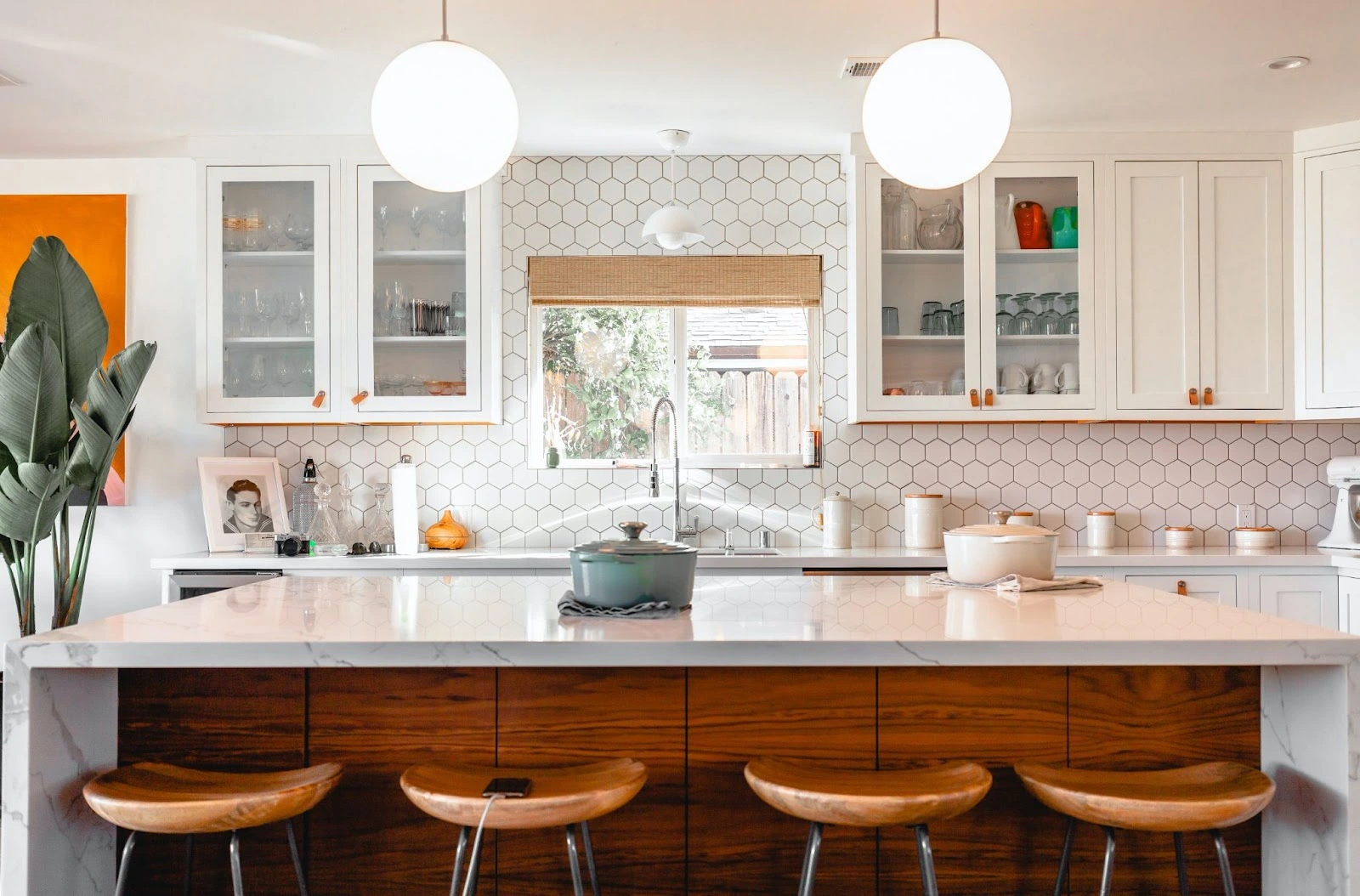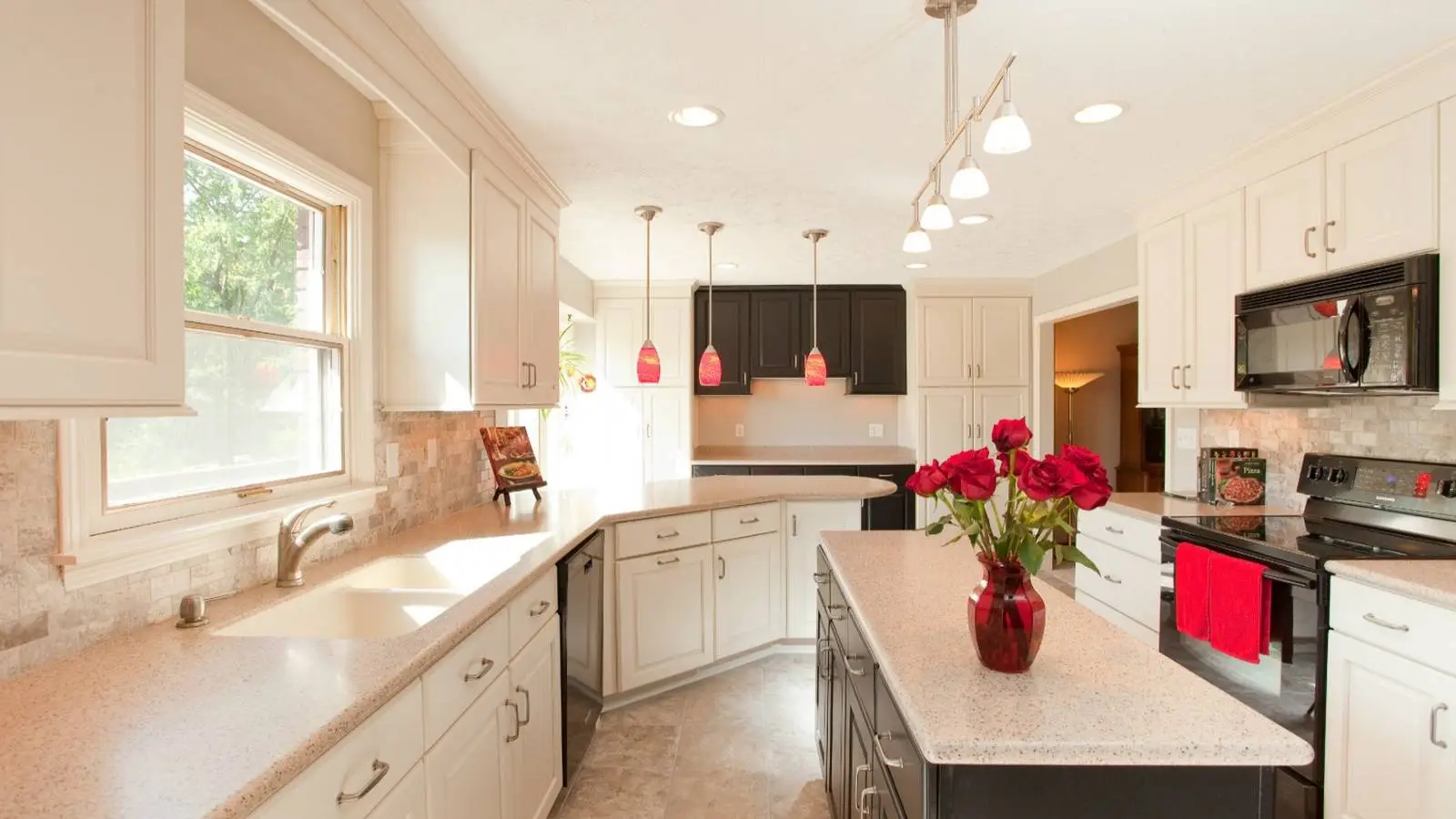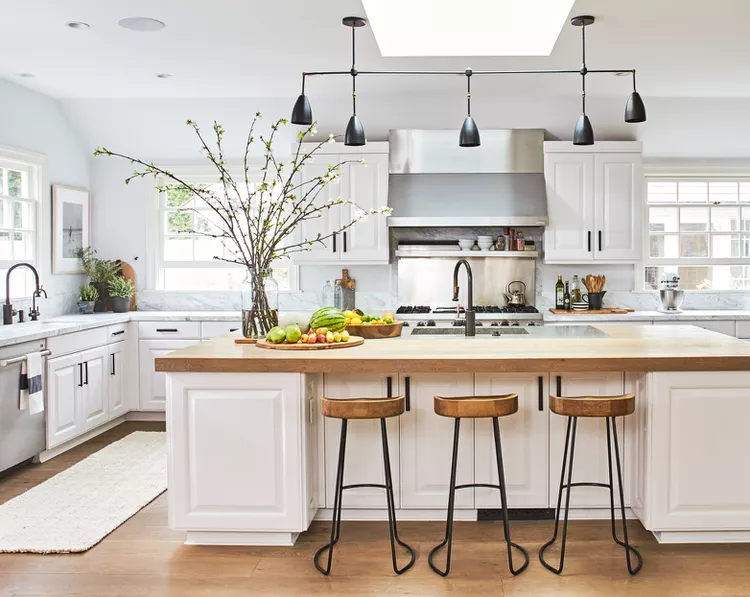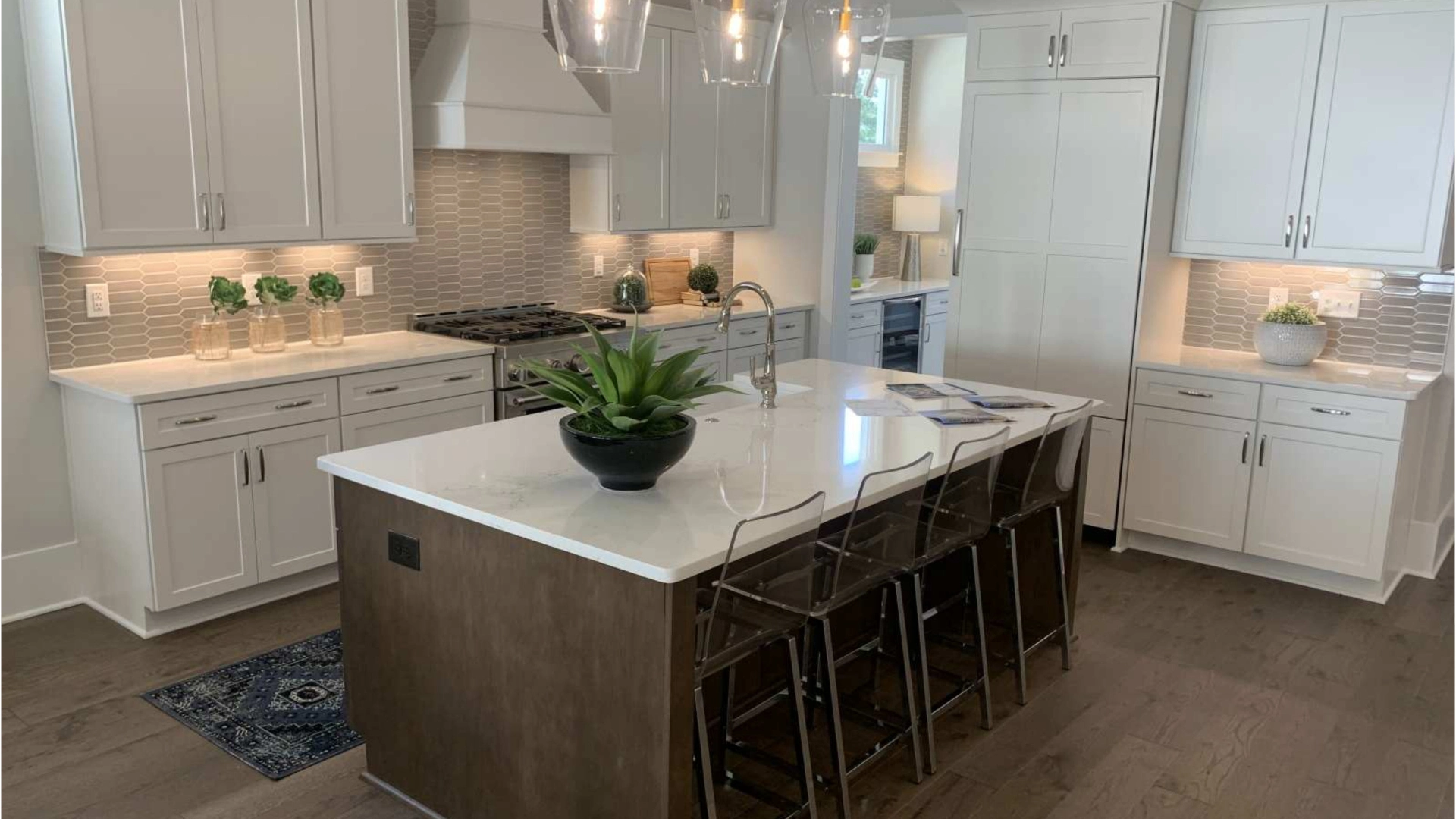Cleaning Kitchen Cabinets: Your kitchen space exhibits your quality of hygiene and that’s what makes you concerned about cleansing your kitchen accessories. Sure, the glossy countertops, flooring, and sinks are all easy to clean. But something that requires genuine care while cleaning is your kitchen cabinet range.
Those spots of oil & food grease and dust accumulation in the hinges demand regular and proactive cleaning. The process may not require extra-hard, acidic chemicals but there are several other do’s and don’ts that you should know.
Wondering what those are? Well, let us make it all easy for you! Here’s what to do and what to avoid when cleaning your kitchen cabinets:
1. The Importance of Gentle Cleaners
People often use hard, acidic solutions in an attempt to remove stains easily. Well, such a stunt not only is ineffective but also tends to damage the paint or finish of the cabinets, particularly that of the white cabinets.
When cleaning the cabinets, you need to use rather gentle cleaning agents or solutions. The term “gentle” refers to the cleaners with neutral pH (between 7 & 8), which means that your common dish soap would do the job quite efficiently.
Add 2/3rd lukewarm water and 1/3rd dish soap to make a perfect cleaning solution. Avoid vinegar, lemon juice, and ammonia solutions as they may leave permanent stains and corrode sensitive wood cabinets.
Do’s
- Use gentle solutions or your common dish soap for effective cleaning without stains or corrosion.
- Add 1/3rd dish soap with 2/3rd water to make a pH-neutral solution.
Don’ts
- Avoid acidic agents such as concentrated vinegar or lemon juice as they’re low in pH and corrode the surface.
- Avoid alkaline agents like ammonia solutions as they’re high in pH. They might remove the grunge quickly but tend to leave permanent stains on the surface.
2. Cleaning the Tight Spots
Always use a brush (preferably a toothbrush) to clean the intricate gaps in the outer design, the tight inner spots, and grooves. A damped microfiber cloth typically does the job in many cases, so use such a hard brush only when some tight spot refuses to clean.
Do not ever think about washing those spots with water splashes. Excessive use of water is always damaging for the cabinets, particularly the ones that are crafted out of treated woods. Likewise, using abrasives will leave permanent scratches on the surface, taking away much of its aesthetic appearance.
Do’s
- Use a microfiber cloth sprayed with soap + water solution for trims & grooves.
- If the damped cloth fails to do the job, use a brush to reach out to those intricate spots.
Don’ts
- Never use abrasives to clean trims & hinges. Even the finished or laminate cabinets can’t withstand the scratching of steel wool.
- Do not slam the surface with ruthless water splashes.
3. Rinsing & Drying
Cleaning Kitchen Cabinets: Rinsing typically means washing with excessive water. But in this particular case, you just need a clean cloth and lukewarm water to carry out rinsing. Simply pour the warm water once you’re done applying the solution to your cabinets.
Once the cleaner is rinsed, immediately dry it out with a soft cloth. Do not let the surface be exposed to water for a long time as it might weaken the structural integrity of the wood. Likewise, using hot air or exposure to sunlight equally damages the surface. A damped cloth is enough to fulfill the purpose.
Do’s
- Use a very low amount of lukewarm water for rinsing.
- Immediately apply a microfiber cloth for drying.
Don’ts
- Do not use excessive water as if your cabinets seem to be soaked.
- Never let it be exposed to water for too long if you want your cabinets to retain their durability.
4. Removing Hard Stains
The kitchen is an exclusive space for cooking and your cabinets are bound to have germs and oil & spilled food stains. These stains, if not removed early, turn into grease which is hard to get rid of. In such a case, you can use diluted white vinegar or baking soda with lukewarm water. Apply this acidic solution to the grease, grunge, or hard stains, let it sit on the stain for a couple of minutes (not for too long), and rinse it with warm water right away.
Do’s
- Always use “diluted white vinegar” or a combination of 1/3rd baking soda with 2/3rd water for hard stains and grease only.
- Let the solution sit on the stain for a minute or two and rinse it immediately. Dry the surface after rinsing.
Don’ts
- Do not use concentrated vinegar or high amounts of baking soda, in a bid to get rid of stains quickly.
- Never let the laminate cabinets’ surface be exposed to the solution for more than 2 minutes. It might begin to damage the finish or gloss.
5. Let the Professionals Do Their Job
If you’ve used all the aforementioned ways and the cabinet still retains that stubborn grease, let the professional do the job. Use expert cabinet cleaner services to have it cleaned rather than implementing homemade DIY remedies.
Always remember, dish soap is the most effective primary option if you’re cleaning the cabinets yourself. If it fails, a mild amount of baking soda or diluted vinegar comes into play. If this tactic fails as well, time for you to call a professional to revive that shiny, glossy surface of your cabinets.
Such a situation also works as a reminder to clean your cabinets more frequently. Neglecting the proper cleaning schedule causes an accumulation of dirt. This in turn results in the bacterial build-up, posing a threat to your hygiene.
Do’s
- Employ professional cabinet cleaner services if stains or grease go permanent.
- Clean your cabinets at least once in 4 months, and deep clean at least twice a year.
Don’ts
- You do not need to go aggressive, neither should you use the endless DIY remedies.
- Do not show carelessness in rinsing and deep cleaning your cabinets.
Conclusion
Cleaning Kitchen Cabinets: Maintaining the gloss and sleekness of your cabinet isn’t that difficult if you’re cleaning it regularly. All you need to do is to note down the precautions and implement efficient cleaning methods. Avoid abrasives & toxic chemicals. Use a chemical agent only where is needed. And above all, do a scheduled cleaning of your kitchen accessories. After all, it’s all about your hygiene!








